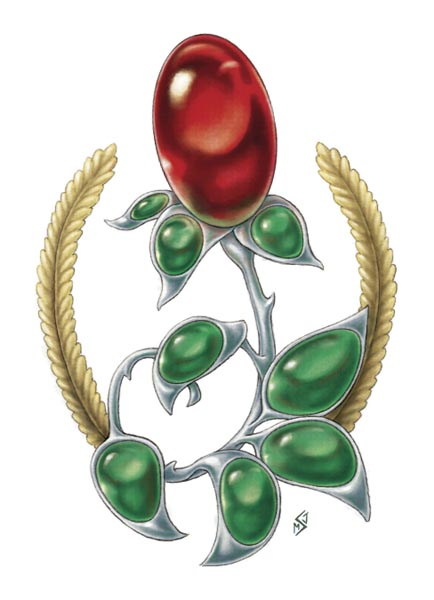As a follow up on my previous post on resin casting, here's a step by step of how I created my simple Dalek mould.
First I set-up a work table in the garage. I'm working with chemicals, so I'm being careful. I also found some vinyl gloves at the dollar store, as I read that latex gloves could affect the curing of the mould.
So here's everything laid out: the two bottles of OOMOO RTV silicone, plastic knives to stir the two components together, disposable plastic cups, an old brush, release agent in the small spray bottle and my "master" already in the cup.
Before pouring the silicone, I followed the instructions that came in the kit and I applied two coats of sealer on my "master". Then I mounted it on some clay in the bottom of a plastic cup.
OOMOO is prepared by mixing equal parts of the two compounds. For that, I used two disposable plastic cups on the outside of which I made a mark to measure my volumes. Some other mould making rubbers require to by mixed by weight. For hobbyists, it's easier to measure equal volumes.
To mix the two parts, I poured one in the other's cup and stirred gently (to avoid creating bubbles) with a plastic knife. I thought of using a plastic knife instead of a coffee stir stick because I was worried that wood being porous, it would introduce air bubbles in the mix. Turns out it was a good idea, the knife being stiff enough and a good shape to scrape the walls of the cup and stir things really well.
I poured the silicone in the cup, to cover the mini and let it cure over night.
Here's the mould once cured. For a first mould, I kept it really simple and did not make a two part one. A two part mould properly planned might have allowed me to cast the eye stalk, gun, and plunger in it. Currently, I have to add all these extra bits to the models.
And here is the master with two resin casts. The one on the right is the first copy I made and has many air bubbles. I had more success on my second try, as you can see on the left. Still, the lights on top were too thin and without air chamber or vents, the resin could not fill them. On my completed minis, I added them with green stuff.
So that's how I created my first mould and I was ready to create my own Dalek army to conquer the universe!






































